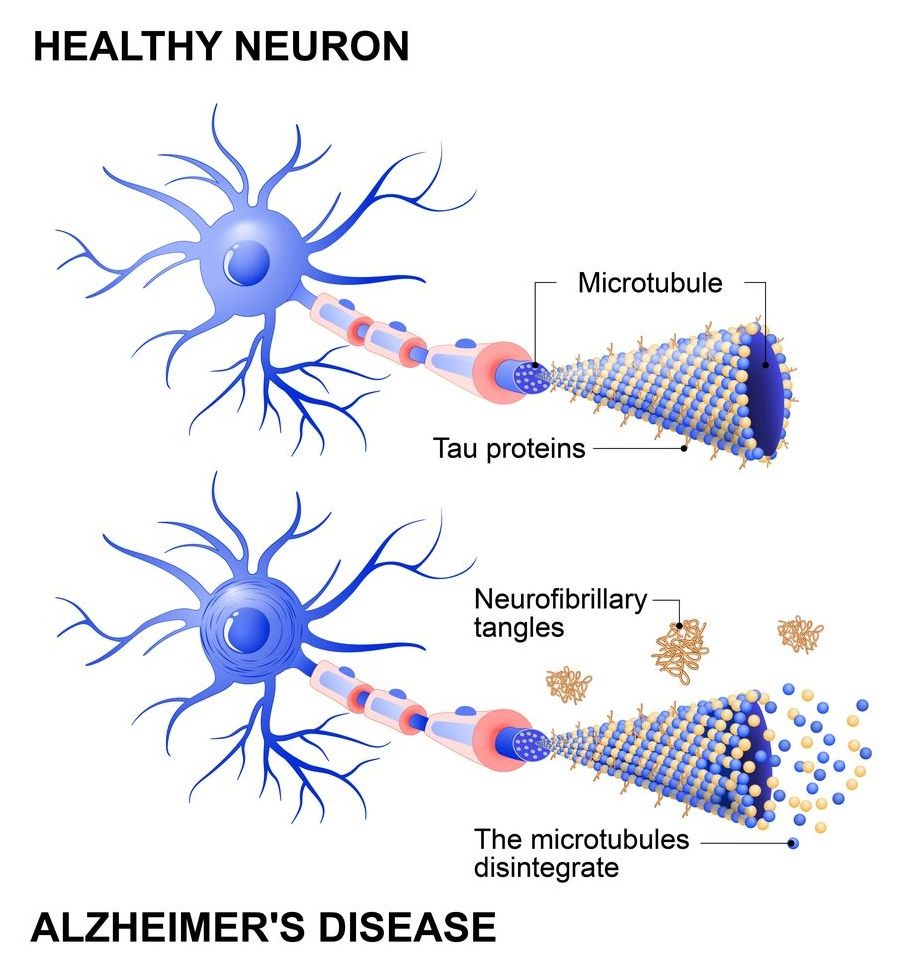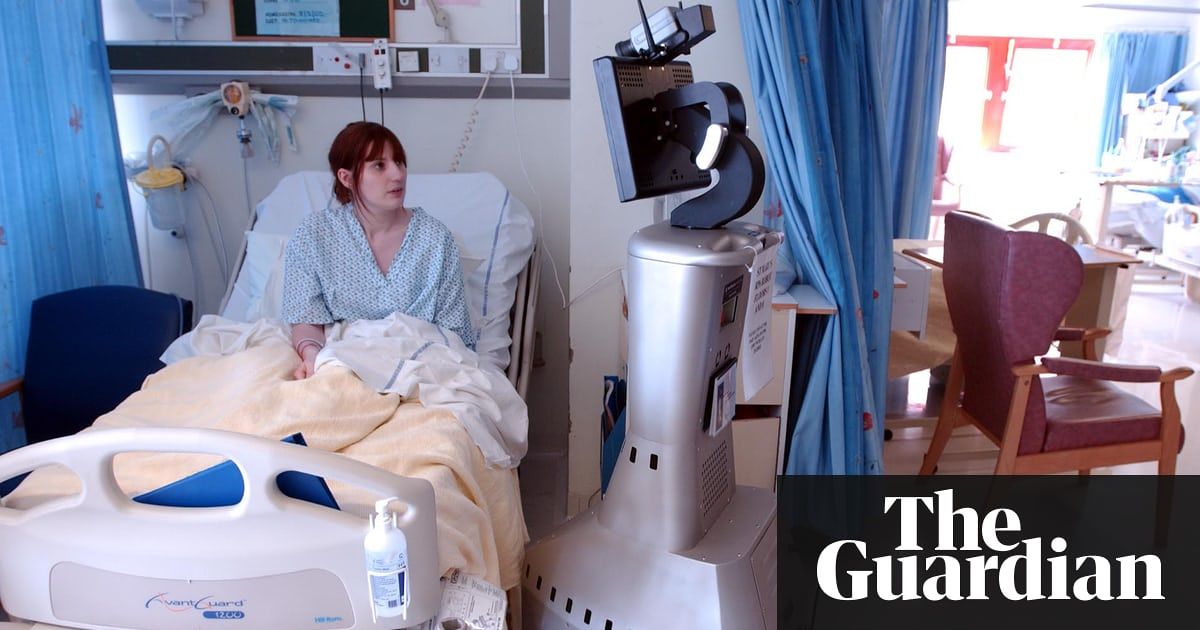With private companies turning their attention to the riches of asteroids, the first trillionaire could be made in space. Andrew Glester explores the challenges of mining space rocks.



I love clearing the air with a single dismissive answer to a seemingly complex question. Short, dismissive retorts are definitive, but arrogant. It reminds readers that I am sometimes a smart a*ss.
Is technical analysis a reasoned approach for
investors to predict future value of an asset?
In a word, the answer is “Hell No!”. (Actually, that’s two words. Feel free to drop the adjective). Although many technical analysts earnestly believe their craft, the approach has no value and does not hold up to a fundamental (aka: facts-based) approach.
One word arrogance comes with an obligation to substantiate—and, so, let’s begin with examples of each approach.
Investment advisors often classify their approach to studying an equity, instrument or market as either a fundamental or technical. For example…
Do you see the difference? Fundamental analysis is rooted in SWOT: Study strengths, weaknesses, opportunities, and threats. Technical analysis dismisses all of that. If technical jargon and approach sound a bit like a Gypsy fortune teller, that’s because it is exactly that! It is not rooted in revenue and market realities. Even if an analyst or advisor is earnest, the approach is complete hokum.
I have researched, invested, consulted and been an economic columnist for years. I have also made my mark in the blockchain space. But until now, I have hesitated to call out technical charts and advisors for what they are…

Have you noticed that analysts who produce technical charts make their income by working for someone? Why don’t they make a living from their incredible ability to recognize patterns and extrapolate trends? This rhetorical question has a startlingly simple answer: Every random walk appears to have patterns. The wiring of our brain guarantees that anyone can find patterns in historical data. But the constant analysis of patterns by countless investors guarantees that the next pattern will be unrelated to the last ones. That’s why short term movement is called a “random walk”. Behaviorists and neuroscientists recognize that apparent relationships of past trends can only be correlated to future patterns in the context of historical analysis (i.e. after it has occurred).
Decisions based on a technical analysis—instead of solid research into fundamentals—is the sign of an inexperienced or gullible investor. Some advisors who cite technical charts know this. Technicals have no correlation to long term appreciation, asset quality or risks. They only point to short term possibilities.
The problem with focusing on short-term movement is that you will certainly lose to insiders, lightning-fast program traders, built in arbitrage mechanisms and every unexpected good news/bad news bulletin.
If you seek to build a profit in the long run, then do your research up front, enter gradually, and hold for the long term. Of course, you should periodically reevaluate your positions and react to significant news events from trusted sources. But you should not anguish over your portfolio every day or even every month.
Finally, if someone tries to dazzle you with charts of recent performance and talk of a “resistance level” or support trends, smile and nod in approval—but don’t dare fall for the Ouija board. Send them to me. I will straighten them out.
Who says so? Does the author have credentials?
I originally wrote this article for another publication. Readers challenged my credentials by pointing out that I am not a academic economist, investment broker or financial advisor. That’s true…
 I am not an academic economist, but I have certainly been recognized as a practical economist. Beyond investor, and business columnist, I have been keynote speaker at global economic summits. I am on the New Money Systems Board at Lifeboat Foundation, and my career is centered around research and public presentations about money supply, government policy and blockchain based currencies. I have advised members of president Obama’s council of economic advisors and I have recently been named Top Writer in Economics by Quora.
I am not an academic economist, but I have certainly been recognized as a practical economist. Beyond investor, and business columnist, I have been keynote speaker at global economic summits. I am on the New Money Systems Board at Lifeboat Foundation, and my career is centered around research and public presentations about money supply, government policy and blockchain based currencies. I have advised members of president Obama’s council of economic advisors and I have recently been named Top Writer in Economics by Quora.
Does all of this qualify me to make dismissive conclusions about technical analysis? That’s up to you! This Lifeboat article is an opinion. My opinion is dressed as authoritative fact, because I have been around this block many times. I know the score.
Related:
Philip Raymond co-chairs CRYPSA, hosts the Bitcoin Event and is keynote speaker at Cryptocurrency Conferences. He sits on the Lifeboat New Money Systems board. Book a presentation or consulting engagement.

I was going blind which is not a good thing when you need to see to run a growing nonprofit. Luckily, it is 2018 and technology is advancing at an exponential rate so I had some options. Following is my story which is relevant for many reasons including that we virtually all develop eye problems over time and the state of the art available is constantly changing.
I finally couldn’t read text at normal resolution on my 60″ monitor which is about 4 feet from my face (and normally at 1600×900 resolution to make the text bigger) so it was time to go to the optician again. The optician considerably upgraded my prescription to −17.25 diopters on my left eye and −12.25 diopters on my right eye but warned me that this might not improve my vision much due to the beginning of cataracts in my eyes. So unlike in the past where I bought my glasses from outside the country due to restrictions on being able to purchase thin lenses in the U.S. that were implemented during the Nixon administration, I ordered glasses locally so I could speed up the process.
I was unable to see well with the new glasses so it was time to visit an ophthalmologist that my optician recommended. The ophthalmologist had the following assessment:
Dry Eye Syndrome of Bilateral Lacrimal Glands
Combined Forms of Age-related Cataract, Bilateral
Lattice Degeneration of Retina, Bilateral
Other Vitreous Opacities, Right Eye
Hemorrhage in Optic Nerve Sheath, Right Eye
Myopia, Bilateral
There were parts of both eyes that should have retina but didn’t because the eyes were so stretched. (This isn’t affecting my vision.)
The lattice degeneration of the retina concerned my ophthalmologist so he then sent me to a retinologist where he expected the retinologist to operate on me before the ophthalmologist could operate. Luckily, the retinologist said he didn’t need to operate on me so I went from needing 4 surgeries to needing 2 surgeries.
For those who don’t know, cataract surgery replaces the broken biological lens of your eye with an artificial lens called an intraocular lens (IOL). This surgery usually uses a femtosecond laser.
Before my first surgery, the ophthalmologist’s assistants ran multiple tests on my eyes so they could determine what size lens would fit in them. This was tricky because my eyes are extra long (31 mm left and 30 mm right) and machines have a problem with eyes that long. A few days after my tests were done, the ophthalmologist’s office called me to say the doctor was unsatisfied with the tests so I was called in to have more tests done.
His best assistant redid many of the tests which included ultrasound with a liquid on my eyeballs and then did a new test which used ultrasound with a gel on my eyeballs. Finally the tests were done and the doctor was able to schedule the operations which included him having to order a special lens for my left eye that was only created by one manufacturer in the world due to my extreme prescription. The doctor ordered the lens in four different sizes so he could find the perfect fit once my old biological lens was removed.
To show how this procedure is not without risk, the doctor’s first comment after the left eye surgery was, “can you see through the eye?”. I could see quite well immediately and was able to see every pixel on my monitor within a day. It was crazy seeing for a while with one good eye and one bad eye as my extreme prescription in the bad eye made things smaller so I couldn’t line objects up between the two eyes. I often just closed my bad eye as a solution.
Three weeks later, my right eye went well also. Note that even though my right eye was much less nearsighted than my left eye, the doctor couldn’t get the astigmatism in my right eye fixed with a Toric IOL because they don’t make it for my prescription. Instead, he made incisions in my cornea during cataract surgery — a procedure called limbal relaxing incisions (LRI). The incisions were made with a laser, of course.
It is worth noting that I did some research before the operation and found many people had run into problems with this procedure, including one of our larger donors. So it is worth spending time to find some very experienced doctors before allowing them to work on your eyes. My ophthalmologist had done over 30,000 surgeries and my retinologist also had tons of experience. A poor surgery can usually not be fixed!

We need more walkable cities and fewer cars! If aliens came to our planet they would conclude that cars are the dominant species!
Traffic signals give priority to motor vehicles over pedestrians. This inequality undermines many of the stated goals of transport, health and environment policy.
State and city governments say they want to encourage walking and biking for many reasons:

FDA-approved asthma drug appears to be effective against dementia in mice.
For the first time in an animal model, researchers at the Lewis Katz School of Medicine at Temple University showed that the tau pathology that accompanies Alzheimer’s disease can be reversed using the asthma drug zileuton [1].
Abstract
Scientists from Universidad Carlos III de Madrid (UC3M) have designed a new control system for wind turbines in offshore wind farms that allows power transmission to the coast in a more flexible and cheaper way than current solutions.
This innovation allows the use of a diode rectifier station in the offshore platform of a high voltage direct current (HVDC) link. In this way, the wind turbine’s alternating current (AC) can be easily converted into direct current (DC) for HVDC transmission.
The researchers have developed a distributed control system to synchronise and regulate the electrical voltage and frequency of the wind turbines of the offshore wind farm. This allows the transmission of energy to the general network through an HVDC link with a diode rectifier station. “It is less complicated, cheaper and more flexible than other current solutions,” explains co-author Santiago Arnaltes Gómez, head of the UC3M Power Control Group.

Last October, a University of California, Berkeley, team headed down to the Arizona desert, plopped their newest prototype water harvester into the backyard of a tract home and started sucking water out of the air without any power other than sunlight.
The successful field test of their larger, next-generation harvester proved what the team had predicted earlier in 2017: that the water harvester can extract drinkable water every day/night cycle at very low humidity and at low cost, making it ideal for people living in arid, water-starved areas of the world.
“There is nothing like this,” said Omar Yaghi, who invented the technology underlying the harvester. “It operates at ambient temperature with ambient sunlight, and with no additional energy input you can collect water in the desert. This laboratory-to-desert journey allowed us to really turn water harvesting from an interesting phenomenon into a science.”

NHS hospital bosses are debating a reform involving “widespread adoption of artificial intelligence” and “full automation”.
From diagnosis to recovery, machines could take on a range of jobs, a new report suggests.
Denis Campbell Health policy editor.
